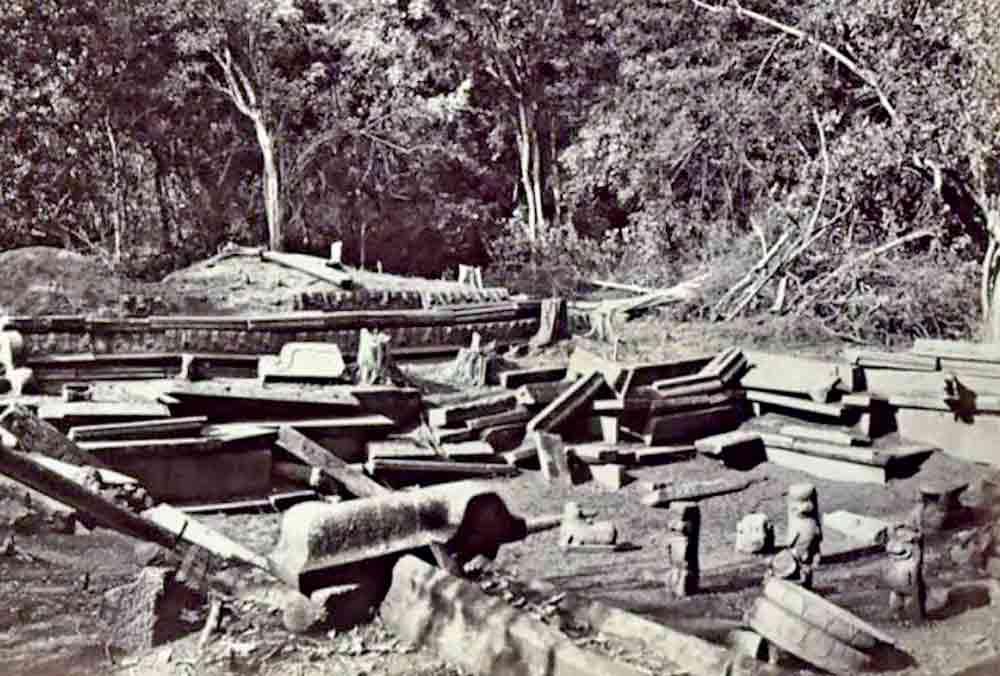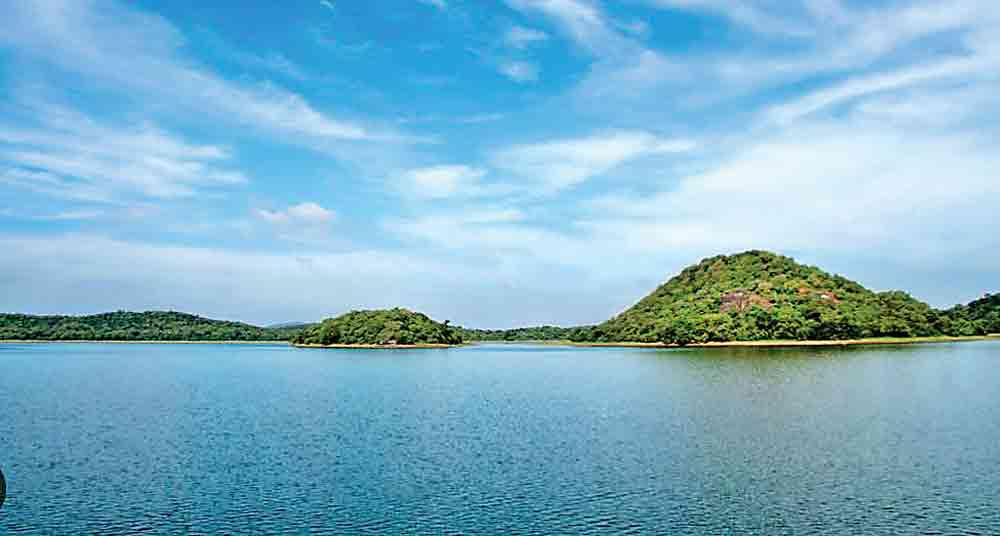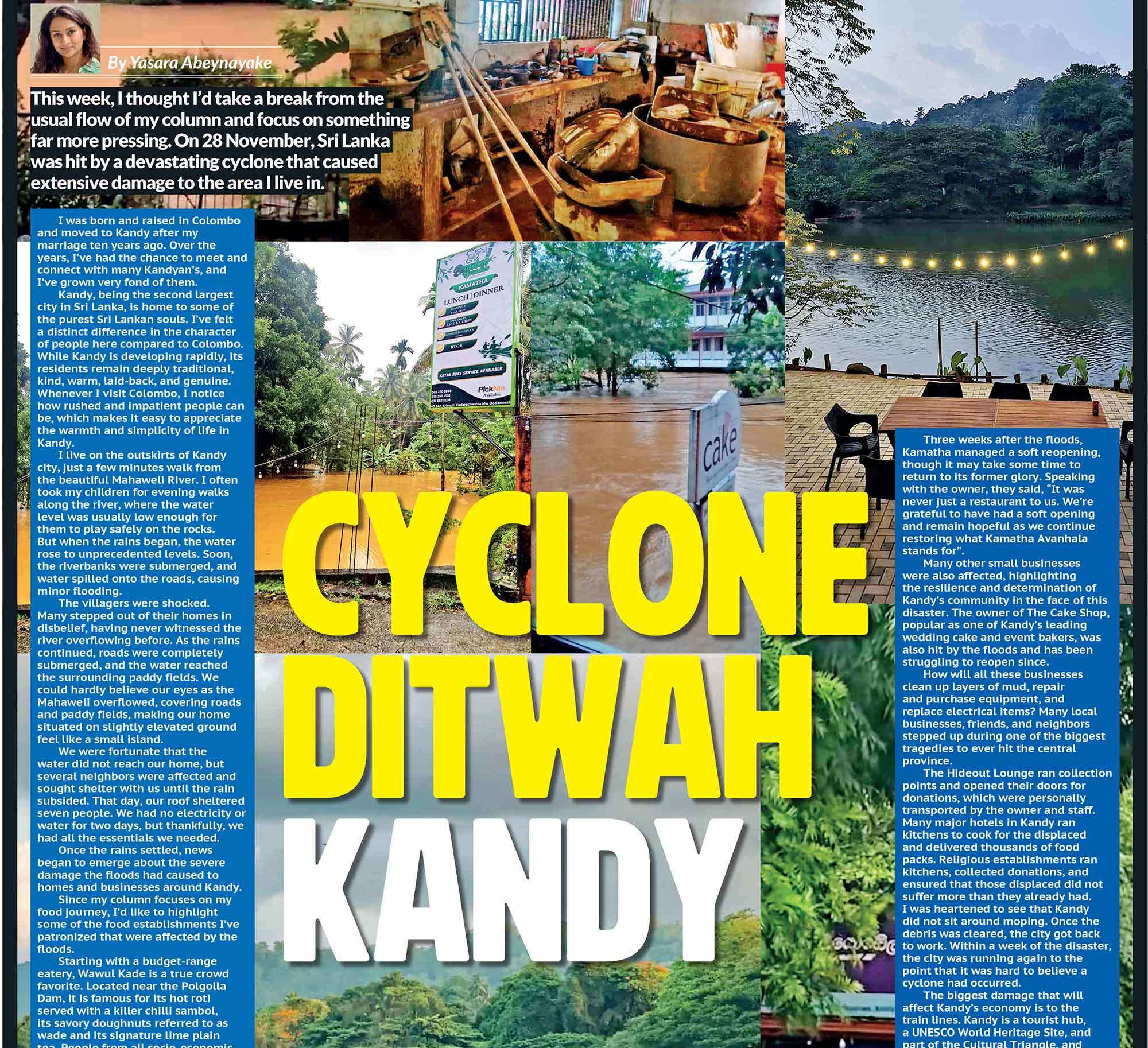From Refuge to Imperial Capital
When the millennium-old city of Anurādhapura collapsed in the face of Chola invasion and chronic neglect, the Sinhala polity shifted its capital eastward. To Polonnaruwa, a site once regarded as a frontier stronghold rather than a centre of power, the kings of Sri Lanka now entrusted their throne. What had begun as a refuge in the forest grew into an imperial city under rulers such as Vijayabāhu I (1055–1110) and, most spectacularly, Parākramabāhu I (1153–1186). Polonnaruwa is often remembered through the serenity of its Gal Vihāra Buddhas or the red-brick majesty of its palace walls, but its truest monument lies elsewhere. It was here that kings, engineers, and monks forged one of the most complex hydraulic civilizations in the medieval world. Water, as both substance and symbol, defined the kingdom: to control irrigation was to control the state.
In the Shadow of Anurādhapura
Polonnaruwa’s rise cannot be understood without reference to Anurādhapura. The older capital was not merely conquered; it was exhausted by centuries of over-extension. Its proximity to South India made it vulnerable to Tamil raiders, and its sprawling tanks demanded continuous maintenance. When the Cholas occupied the north of the island in the 10th century, the Sinhala elite regrouped in Polonnaruwa, which offered strategic defensibility and closer command of the eastern plains. Vijayabāhu I expelled the Cholas in 1070, re-established Buddhist orthodoxy, and inaugurated the city as the new capital. Yet his successors struggled with factionalism. The decisive transformation came with Parākramabāhu I, who imposed unity upon the fractious nobility and reshaped Polonnaruwa into a court of imperial pretensions.
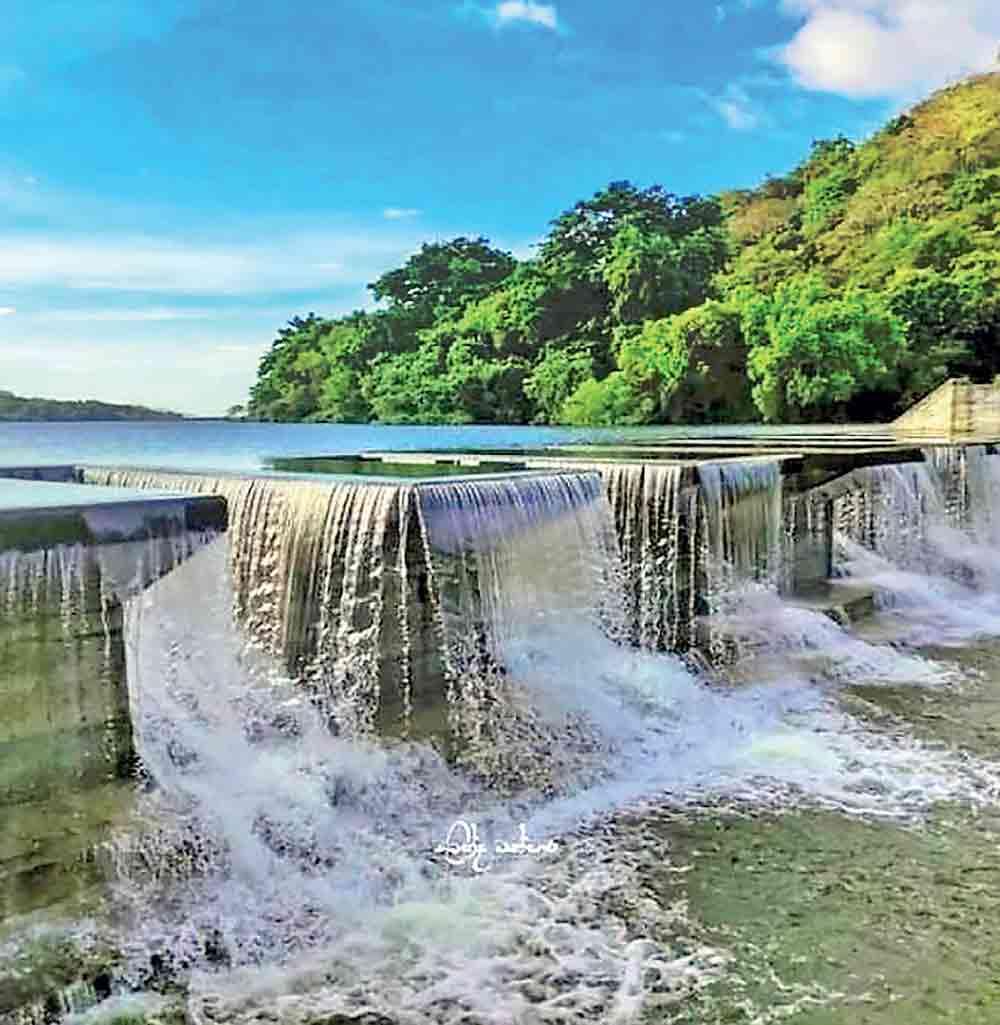
Parākramabāhu and the Politics of Water
Parākramabāhu is remembered in chronicles for his sweeping ambition. His edict still resonates: “Let not even a drop of rainwater flow into the sea without being made useful to man.” More than a maxim, this was a charter of kingship. The Parakrama Samudra, the greatest of Polonnaruwa’s reservoirs, covered nearly 2,500 hectares, dwarfing even the largest works of Anurādhapura. Fed by channels that redirected multiple rivers, it was not merely a lake but a technological system binding villages, markets, and monasteries into a hydraulic state. Recent archaeological studies have shown that the dam’s embankments were layered with stone and brick, indicating both engineering sophistication and enormous labour mobilization. The king who commanded water commanded the harvest, the surplus, and the army. Rice was taxation, taxation was sovereignty. Hydraulic infrastructure was thus both practical and ideological: a demonstration that the ruler could bend the island’s seasonal rains into permanent abundance.
Palaces of Power and Monastic Reform
 The grandeur of Polonnaruwa was not confined to irrigation. Chronicles speak of Parākramabāhu’s palace as a seven-storeyed structure containing a thousand chambers. Even in ruin, with its brick walls still rising several meters, the building suggests the vast scale of royal ambition. Yet architecture alone could not legitimize power. The Buddhist sangha had fractured into competing sects by the twelfth century, each jealously guarding patronage and ritual authority. Parākramabāhu convened councils, expelled corrupt monks, and imposed uniform discipline. His reforms were designed to restore not only doctrinal unity but also monastic dependence upon the crown. The Gal Vihāra, carved from a single granite outcrop, embodies this settlement between state and religion. Its colossal reclining and seated Buddhas project serenity, but they are also monuments of ideological control: the image of a unified Buddhist order, sponsored and disciplined by a king who had set himself above sectarian strife.
The grandeur of Polonnaruwa was not confined to irrigation. Chronicles speak of Parākramabāhu’s palace as a seven-storeyed structure containing a thousand chambers. Even in ruin, with its brick walls still rising several meters, the building suggests the vast scale of royal ambition. Yet architecture alone could not legitimize power. The Buddhist sangha had fractured into competing sects by the twelfth century, each jealously guarding patronage and ritual authority. Parākramabāhu convened councils, expelled corrupt monks, and imposed uniform discipline. His reforms were designed to restore not only doctrinal unity but also monastic dependence upon the crown. The Gal Vihāra, carved from a single granite outcrop, embodies this settlement between state and religion. Its colossal reclining and seated Buddhas project serenity, but they are also monuments of ideological control: the image of a unified Buddhist order, sponsored and disciplined by a king who had set himself above sectarian strife.
A Cosmopolitan City
Despite its inland location, Polonnaruwa was never provincial. The great reservoirs enabled agricultural surpluses that attracted foreign merchants. Tamil traders from South India, Arab seafarers from the Persian Gulf, and envoys from Southeast Asia passed through its markets. Inscriptions attest to Polonnaruwa’s exchanges with the Burmese kingdom of Rāmañña, and some chronicles record Sri Lankan military expeditions across the Bay of Bengal. Hindu shrines, such as the still-standing Siva Devale, remind us that the city was religiously plural. Far from being an exclusively Sinhala-Buddhist domain, Polonnaruwa was cosmopolitan in faith, commerce, and diplomacy. It carried forward Anurādhapura’s legacy of global engagement but redirected it towards the networks of South and Southeast Asia.
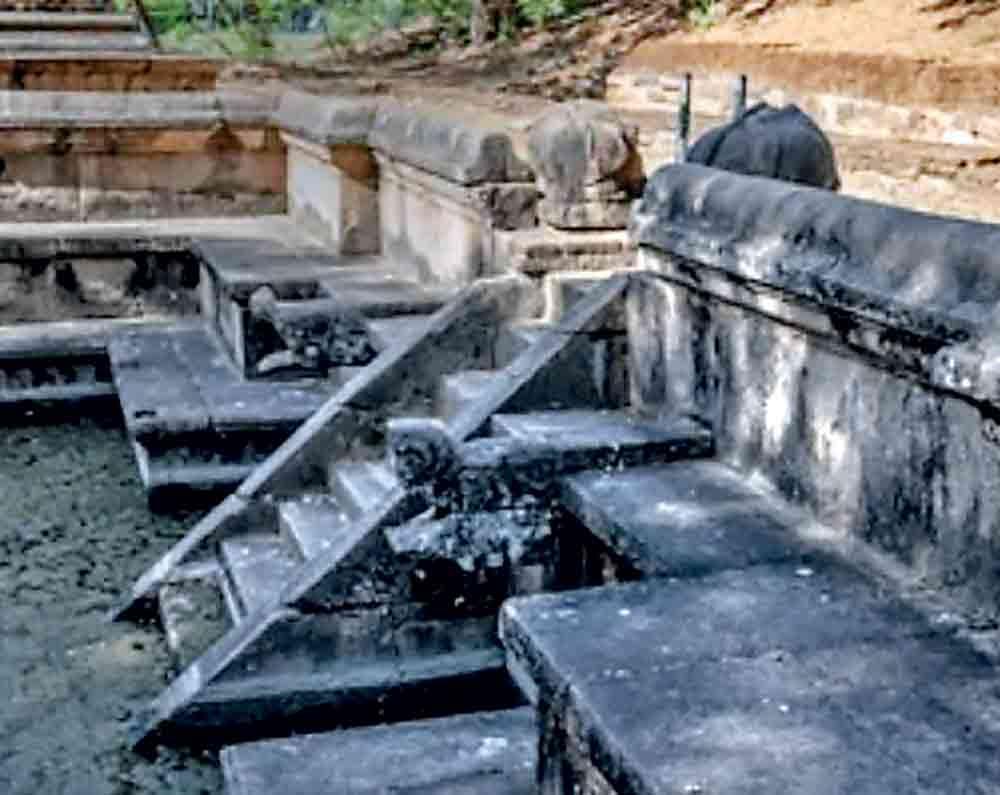
The Fragility of Greatness
Polonnaruwa’s glory proved precarious. The very scale of its hydraulic system made it vulnerable. Tanks required constant desilting, canals demanded perpetual maintenance, and embankments had to be repaired after every monsoon. Once royal authority weakened, neglect spread quickly. Successors of Parākramabāhu faced renewed invasions from the Pandyas and Kalingas, alongside internal revolts. By the late 13th century, the city was untenable. The capital shifted southwards to Dambadeniya, leaving Polonnaruwa to sink back into the forest. As historians have noted, its brevity contrasts sharply with Anurādhapura’s millennium; a reminder that grandeur without stability is fleeting.
Reading Polonnaruwa Today
What does Polonnaruwa signify in the longue durée of Sri Lankan history? First, it demonstrates that states are built as much on infrastructure as on armies. Kingship was legitimized not only through conquest or ritual, but through the capacity to regulate water, feed populations, and sustain trade. Second, it offers a cautionary tale. The same systems that elevated Polonnaruwa required unrelenting upkeep. Once fractured kingship failed to marshal resources, the city’s hydraulic marvels collapsed into liabilities. In this sense, Polonnaruwa embodies both the apex and the vulnerability of Sri Lanka’s ancient hydraulic civilization. Finally, it endures as a cultural landscape. Farmers still rely on channels originally fed by the Parakrama Samudra. Pilgrims still visit the Gal Vihāra. Tourists wander among ruins that whisper of empire, ambition, and collapse. The city remains a palimpsest, where stone and water together narrate the drama of a kingdom that burned brightly, then vanished.
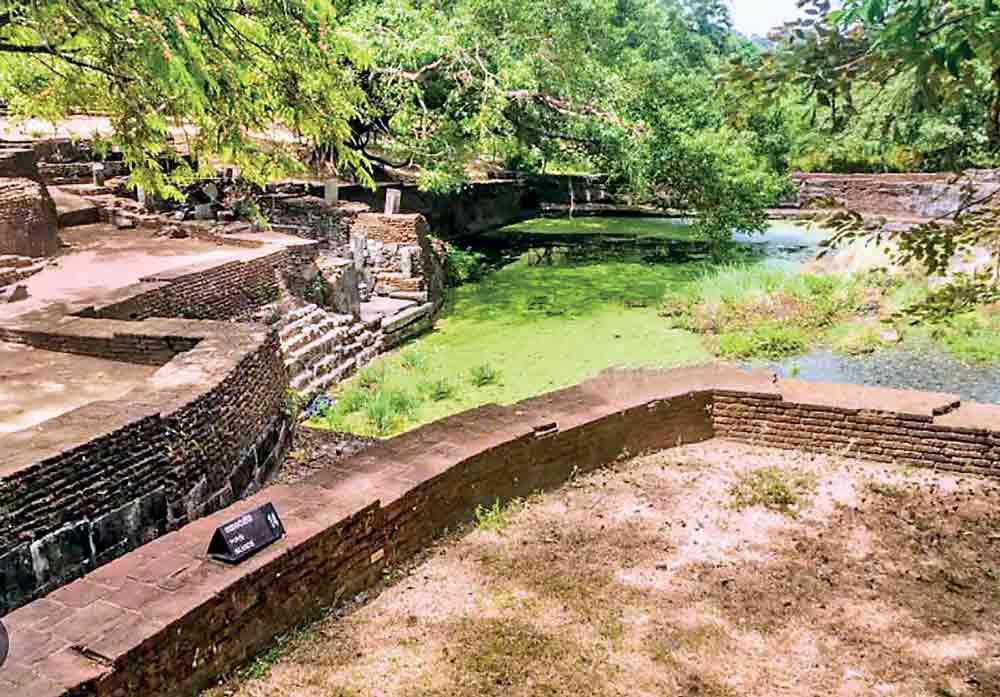
Conclusion: A City Written in Water
Polonnaruwa’s legacy is inseparable from its reservoirs. Unlike Anurādhapura, whose longevity made it a continuous archive, Polonnaruwa dazzled and faded. Yet for a century it embodied the full ambition of Sinhala kingship: to unify the island, discipline the sangha, dominate the landscape, and project power beyond the seas. Its monuments in stone survive, but its deeper achievement was to write sovereignty into water itself. To walk along the embankments of the Parakrama Samudra today is to see not merely an ancient lake, but the outline of a kingdom that sought permanence in a fragile medium. Polonnaruwa teaches us that civilizations rise as much on sluices as on swords; and that in the end, it is water that remembers.
